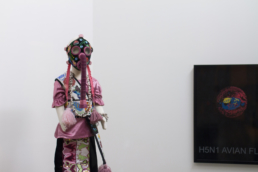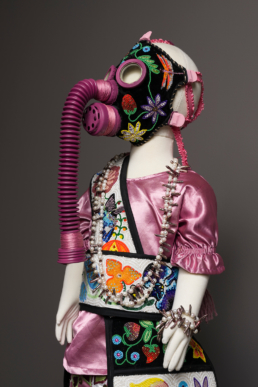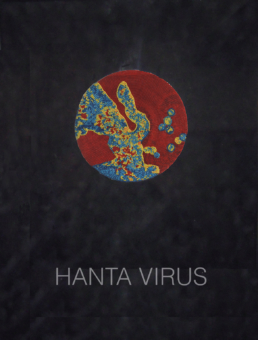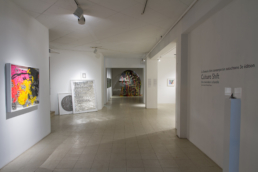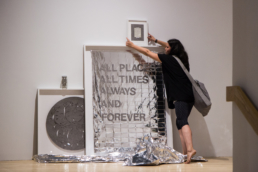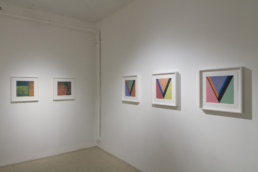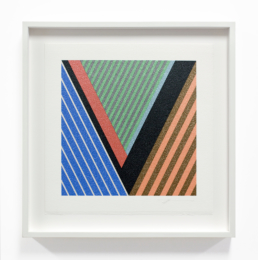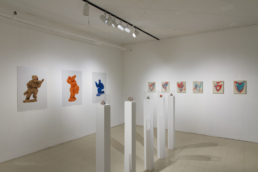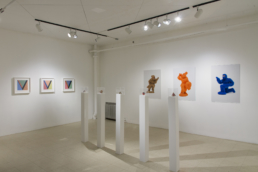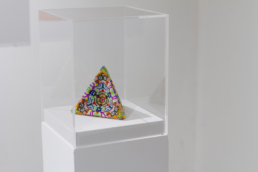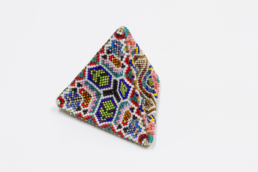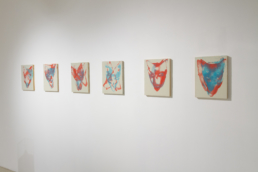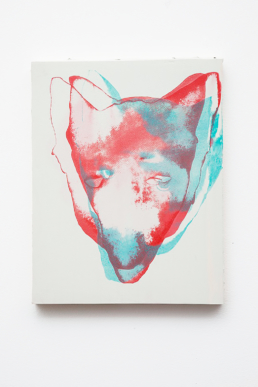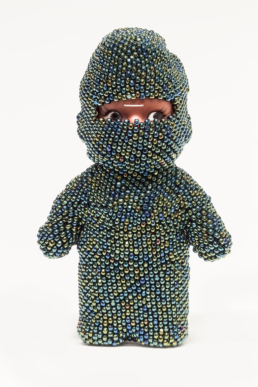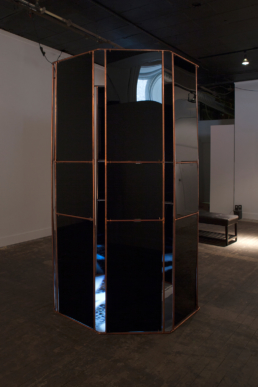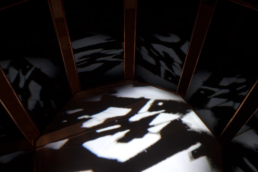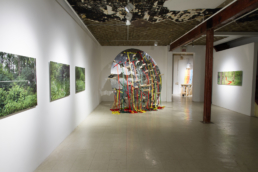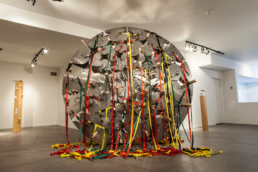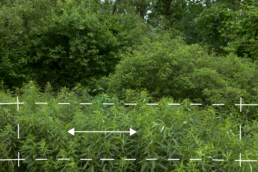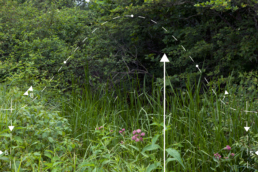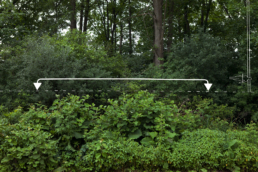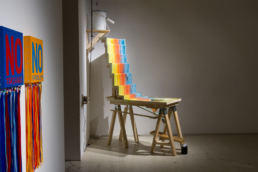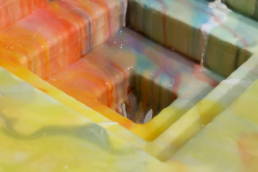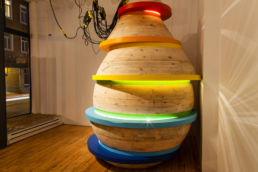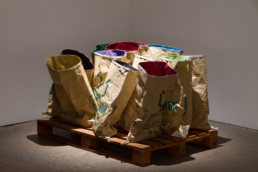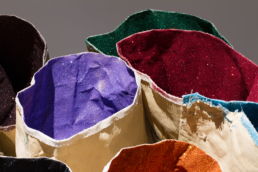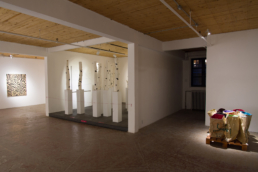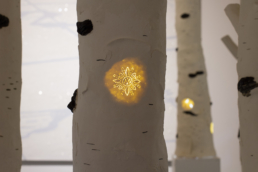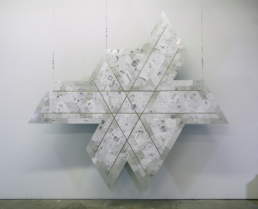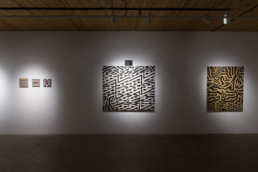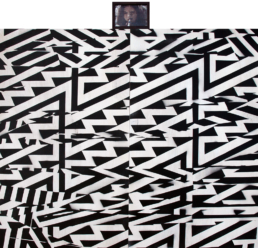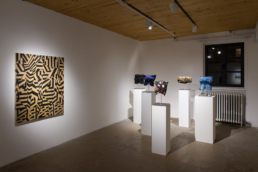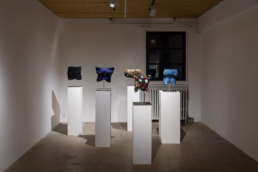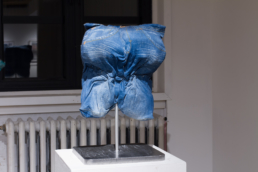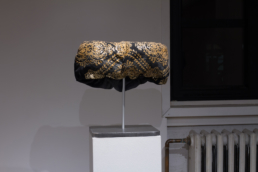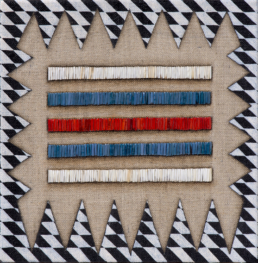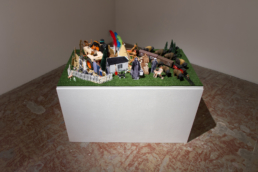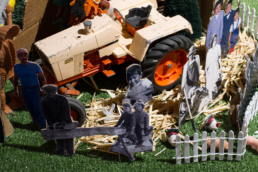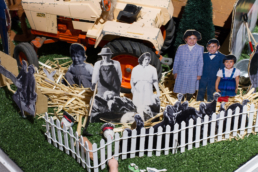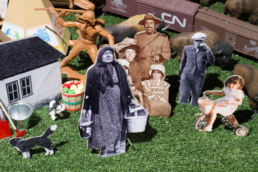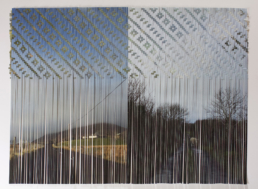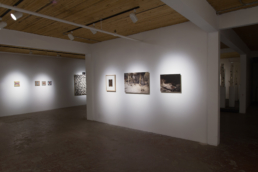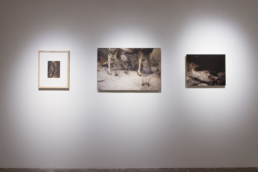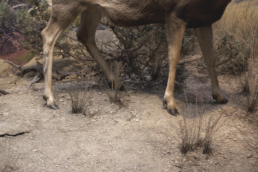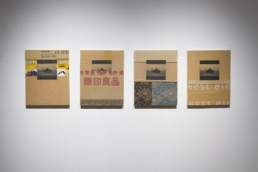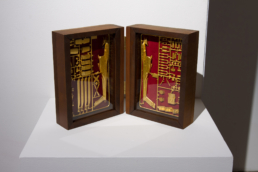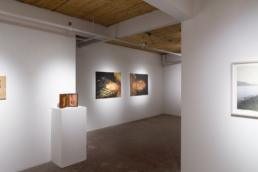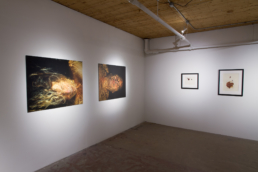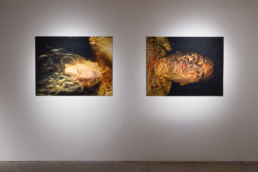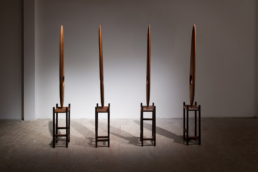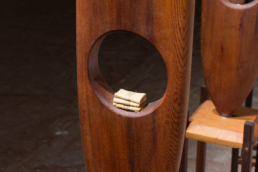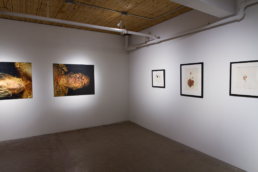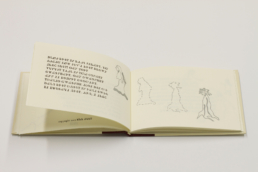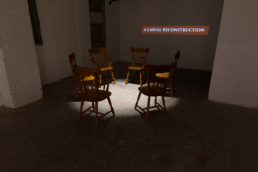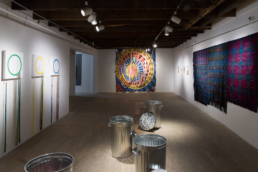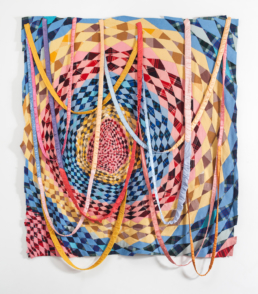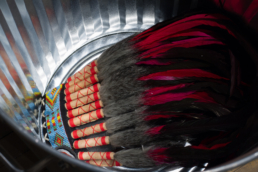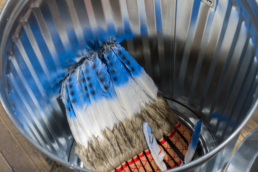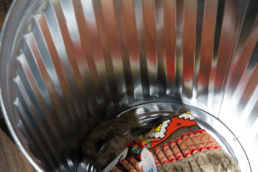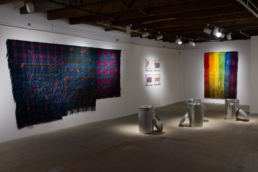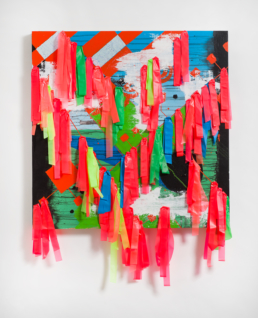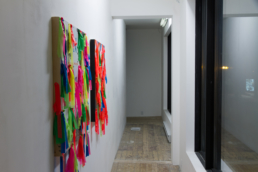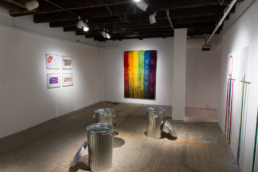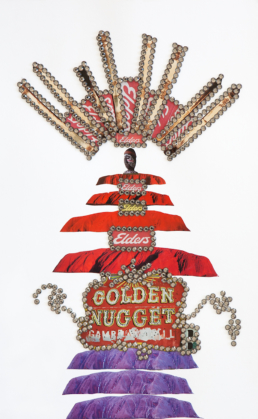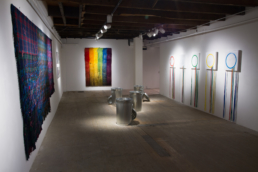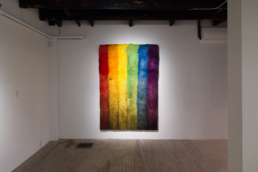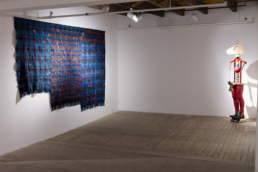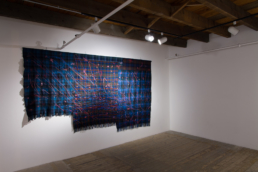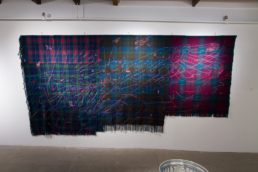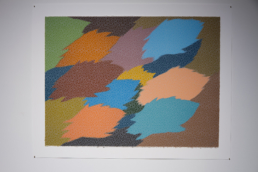April 30 – June 18, 2016
Opening reception: Saturday, April 30th from 3-5pm
Contemporary Native Art Biennial, 3rd edition
Culture Shift – Une révolution culturelle
Guest curator: Michael Patten
Art Mûr
5826 St-Hubert
Montreal (QC)
On December 15th, 2015, after close to 72 months, the Truth and Reconciliation Commission – one created to lay the foundation of reconciliation between Canada and its Indigenous Peoples1 – finally released a nearly 4,000-page report. The document includes many testimonies as well as 94 Calls to Action, most of which are directed to the federal, provincial, territorial governments and their agencies. The recent publication of the report and its easy access online offer an ideal opportunity for (self) reflection on what it means to carry Canada’s colonial history as citizens of both Indigenous and settler ancestries. We are at a crossroad and how we decide to move forward will have a tremendous impact on the kind of relationship Canada decides to have with the First Nations of North America.
The Contemporary Native Art Biennial participates in the exercise of reconciliation through its mandate, which is to introduce the variety of art practices stemming from Indigenous cultures of North America to an ever-wider audience of Indigenous and Non-Indigenous peoples. It seeks to become a highly visible platform for the promotion of the messages, stories and ideas that creative Indigenous peoples bring into the world.
The works brought together for Cultural Shift – une révolution culturelle testify to native culture‘s rich heritage and the variety of ways in which traditional techniques, motifs and subject matters continue to assert new possibilities for Indigenous artists. Some of the participants in this exhibition are perverting the codes of institutionalized art as a means to critique the almost anthropological status of native art. Alison Bremner recuperates some of greatest art canons that she “indigenizes” with striking Tlingit masks. The result of her hybrid images attest to the position of Indigenous women as the object of a dual Male and Colonial Gaze. Likewise, Sonny Assu subverts pastoral landscapes that romanticize the indigenous experience with menacing “alien” formline art motifs. His work achieves a reclaiming of the imagery associated with Northwest Coast art. Reminiscing graffiti on a wall, these added motifs divert the message of the original image and destabilize the myth that it tries to convey. Jeff Kahm deploys a more subtle strategy that blends recurring Indigenous motifs such as stripes and geometric shapes with Modernist aesthetics associated with color field painting and geometric abstraction. For Kahm, the result of this fusion explores “the confluence of time and culture at a metaphorical level and one that resonates universally.”2
Many of the projects included in the exhibition aspire to reassert Indigenous identity within contemporaneity while acknowledging the consequences of colonialism on aboriginal people. Some works address the difficult affirmation of an indigenous identity following decades of forced assimilation in the context of North America’s complex colonial history. Luke Parnell, the artist in residence at the Stewart Hall Art Gallery address issues of rights, ownership and privilege in works that transposes the traditional design of Haida art (such as totems) into works rooted in the narrative of the colonial history of North Western British Columbia, where he originates.
The scholar, artist and former participant of the Biennial of Contemporary Native Art, David Garneau, wrote that cultural decolonization is the desire for “First Nations, Inuit, and Métis people [to become] themselves neither through forced assimilation into non-Indigenous modes, nor by retreating to a reconstructed, anachronistic Indigenous cultural purity, but by struggling to make new ways of being Indigenous within the complex of the contemporary negotiations of Aboriginal/settler/international Indigenous identities.”3 I believe that through their work, many artists included in my selection are participating to this same project and testing different suggestions. What they’ve created partakes in a cultural revolution.
According to Garneau, there is also a “radical desire [that] Canadians and their institutions will Indigenize…Cultural decolonization in the Canadian context is about at once unsettling settlers and, ironically, helping them to adapt to better settle themselves as non-colonial persons within Indigenous spaces.”4 The Biennial of Contemporary Native Art is also about the promotion of indigenous ideologies and ways of understanding the world that carry a potential for all citizens of North America. It is a cultural shift that takes place on the side of settlers as well. It wants to see them open up to their indigenous neighbours and recognize how their culture can influence a society that can be more egalitarian and compassionate. Melissa General’s photographs of her land with patterns lines of the hand-sewn garments her mother used to fabricate her as a child allows to consider this. Her work functions as an invitation to establish a new kind of relationship to our environment, one that is not driven by claims of ownership, but rather by gratitude and respect.
If the Federal government of Justin Trudeau follows through with the many recommendations made in the TRC Report and in the United Nations Declaration on the Rights of Indigenous Peoples cited repeatedly in the document, the cultural shift that is currently taking place nation-wide will involve the whole population of Canada and could have repercussions on how things will move forward South of our border. The exhibition documents this shift taking place in Canadian society and testifies to the aspiration of a future where Indigenous and Non-Indigenous peoples cohabit in peace, with consideration and appreciation for each other.
1. Truth and Reconciliation Commission of Canada. Truth & Reconciliation Commission Report, available online http://www.trc.ca/websites/trcinstitution/File/2015/Honouring_the_Truth_Reconciling_for_the_Future_July_23_2015.pdf (2015): 8.
2. Jeff Kahm. Statement. Artist Website. http://www.jeffkahm.com/#!statement/c1w19
3. David Garneau, “Extra-Rational Aesthetic Action and Cultural Decolonization,” FUSE Magazine, vol. 36 no. 4 (2013): 15-16.
4. ibid.

